Visit Our Online Shop
Follow Us
Bilton Veterinary Centre
259 Bilton Road
Rugby
Warwickshire
CV22 7EQ
Reception: 01788 812650
Repeat Prescriptions: 01788 817462
In-Patients: 01788 813498
COMMON POISONS
A guide to some of the common poisons that we encounter in practice.
This is meant as a guide to some of the more common poisons that we encounter at our surgery. This is not a definitive list and common sense should always prevail. A lot of incidents we see of poisonings can be prevented by taking some basic precautions.
There are a variety of poisons that can occur with pets. Often household items can prove most troublesome
If you think your pet has been poisoned or eaten something he/she shouldn’t have - before you do anything else contact us STRAIGHT AWAY and try to have the following to hand:
- Keep all medicines (human or animal) out of reach of all animals (especially palatable drugs)
- Keep all medicines/chemicals in their original container with the label intact and legible
- Keep household chemicals/cleaners etc sealed and hidden from pets
- Don’t deliberately give your pet anything that you are unsure of - even if you think it is perfectly safe.
- Don’t assume that what is safe for humans/children is safe for pets.
- Pay special attention to any substance with a warning symbol
There are a variety of poisons that can occur with pets. Often household items can prove most troublesome
If you think your pet has been poisoned or eaten something he/she shouldn’t have - before you do anything else contact us STRAIGHT AWAY and try to have the following to hand:
- The name of the product
- The active ingredient and strength if possible (will be on the label somewhere)
- Estimate of the amount eaten
- Estimate of the time eaten or time frame

Chocolate
This is probably the substance that most people are aware of that is toxic to dog. Canine are unable to break down a substance called theobromine which is present in chocolate. Dark chocolate or cocoa is particularly bad as it contains high concentrations of theobromine. Milk chocolate/white chocolate contains a lot less theobromine and so the dog would have to ingest a lot more to be affected. 150g-200g of dark chocolate/cocoa could be potentially fatal to a 20kg dog. There is a useful calculator here that can give you a guide to whether you need to be worried.
This is probably the substance that most people are aware of that is toxic to dog. Canine are unable to break down a substance called theobromine which is present in chocolate. Dark chocolate or cocoa is particularly bad as it contains high concentrations of theobromine. Milk chocolate/white chocolate contains a lot less theobromine and so the dog would have to ingest a lot more to be affected. 150g-200g of dark chocolate/cocoa could be potentially fatal to a 20kg dog. There is a useful calculator here that can give you a guide to whether you need to be worried.
Most cases of chocolate toxicity that we see are around Christmas time when dogs raid the presents under the tree. Please ensure all edible food is kept well away from eager noses!!New Paragraph
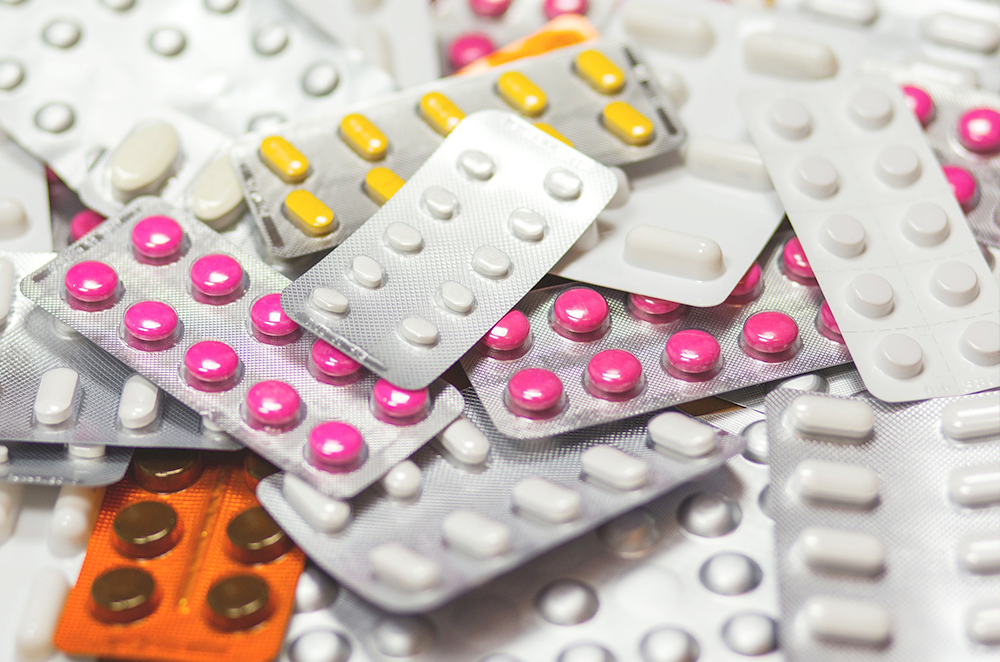
Ibuprofen/Human NSAIDs
Ibuprofen is a member of a group of drugs called Non-Steroidal Anti-inflammatories (NSAIDs). It is a common pain killer used in humans along with other similar drugs such as Diclofenac and Naproxen. Although NSAIDs are used widely in veterinary medicine, their mode of action differs to those used in human treatments. As a result of this, human NSAIDs can be VERY toxic to animals. Even small amounts of Ibuprofen/Diclofenc/Naproxen can cause fatal renal failure or gastric ulceration.
Paracetomol can be used in dogs but is fatal to cats. Aspirin can be used with caution in cats.
Most cases of NSAID poisoning we see in animals is either due to owner administering them without realising they are dangerous, or dogs raiding handbags/cupboards etc and chewing packets. NEVER give any medication to your pet without consulting a vet first and always ensure that all medication is kept out of reach of your pet.
Ibuprofen is a member of a group of drugs called Non-Steroidal Anti-inflammatories (NSAIDs). It is a common pain killer used in humans along with other similar drugs such as Diclofenac and Naproxen. Although NSAIDs are used widely in veterinary medicine, their mode of action differs to those used in human treatments. As a result of this, human NSAIDs can be VERY toxic to animals. Even small amounts of Ibuprofen/Diclofenc/Naproxen can cause fatal renal failure or gastric ulceration.
Paracetomol can be used in dogs but is fatal to cats. Aspirin can be used with caution in cats.
Most cases of NSAID poisoning we see in animals is either due to owner administering them without realising they are dangerous, or dogs raiding handbags/cupboards etc and chewing packets. NEVER give any medication to your pet without consulting a vet first and always ensure that all medication is kept out of reach of your pet.
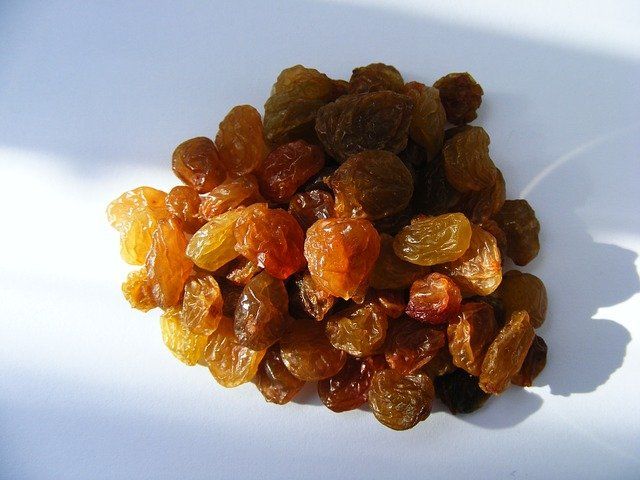
Grapes/Raisins
Both Grapes and Raisins can be poisonous to dogs. It is not entirely understood why or what substance is in them to cause the problem, but is apparent is that the fatal dose will vary widely from dog to dog. Some animals appear to be able to tolerate large amounts, whereas there have been reports of toxic effects from as few as 4 single grapes. In mild cases, we may just see vomiting or diarrhoea, but in more severe cases the animal will become more unwell and can develop a severe/fatal renal failure.
Due to the idiosyncratic and unpredictable nature of grape/raisin toxicity in animals, we suggest not to feed them any at all. Pay particular attention to cakes etc which may have these substance lurking in them.
Due to the idiosyncratic and unpredictable nature of grape/raisin toxicity in animals, we suggest not to feed them any at all. Pay particular attention to cakes etc which may have these substance lurking in them.
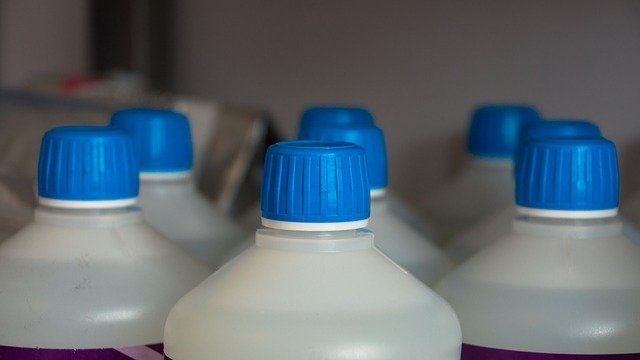
Antifreeze
Antifreeze is a common poison that can make dogs and cats incredibly unwell or die. It is a very sweet substance and both dogs and cats (in particular) seem to really like the taste of it.
The active substance in antifreeze is Ethylene Glycol and this is incredibly toxic to all animals. Even a few licks can cause a fatal and rapid kidney failure, which unless diagnosed and treated incredibly quickly, is usually fatal.
If you have antifreeze at home. Keep it correctly sealed and out of the reach of your pets. If you refill your car, please ensure that any old liquid is disposed of correctly and if there are any spillages then they should be soaked up and and remains thoroughly rinsed with copious amounts of water.
Antifreeze is a common poison that can make dogs and cats incredibly unwell or die. It is a very sweet substance and both dogs and cats (in particular) seem to really like the taste of it.
If you have antifreeze at home. Keep it correctly sealed and out of the reach of your pets. If you refill your car, please ensure that any old liquid is disposed of correctly and if there are any spillages then they should be soaked up and and remains thoroughly rinsed with copious amounts of water.
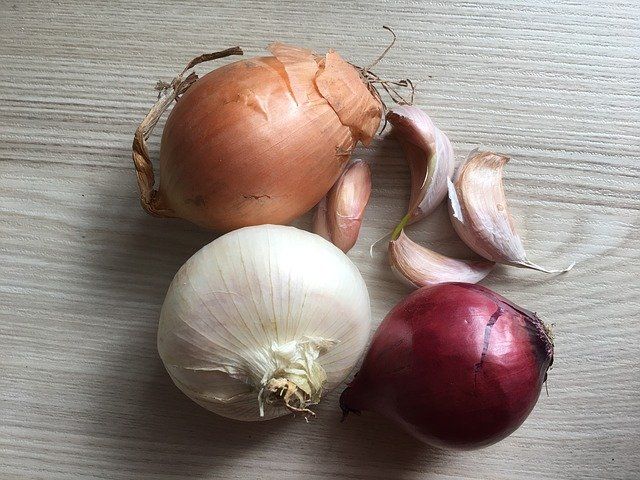
Onion/Garlic
Garlic and onions can cause severe blood problems in pets that ingest them. Usually not raw, but often found in other foods.
Although this is not a common form of poisoning, onion/garlic can cause toxicity in both acute (large amount in one go) and also chronic (small amounts on a regular basis) forms. Both these substances can cause severe blood changes which if not caught early enough are irreversible.
Garlic and onions can cause severe blood problems in pets that ingest them. Usually not raw, but often found in other foods.
Although this is not a common form of poisoning, onion/garlic can cause toxicity in both acute (large amount in one go) and also chronic (small amounts on a regular basis) forms. Both these substances can cause severe blood changes which if not caught early enough are irreversible.
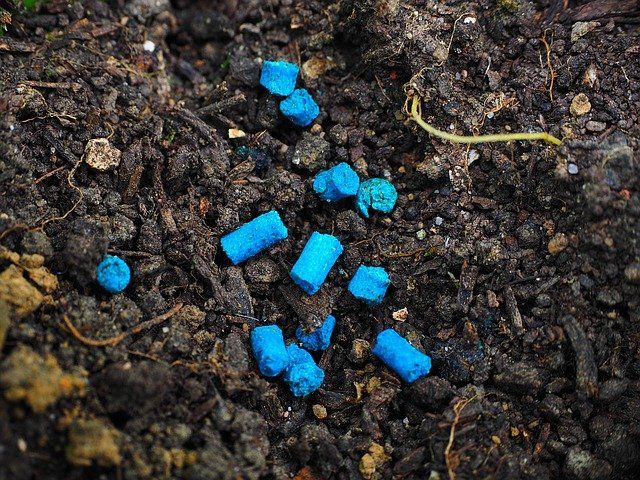
Slug Pellets
This is one of the more common forms of poisoning that we see in dog. Slug pellets often contain a substance called Metaldehyde . Dogs do seem to like eating slug pellets and even a small amount can cause severe seizures. These seizures often are violent and prolonged and there is specific antidote for metaldehyde. Symptoms can also occur within 15 minutes of ingestions.
Dogs suffering from metaldehyde poisoning have to be anaesthetised to have their stomach washed out, and then kept asleep until the poison has been metabolised. The length of time they have to be kept in the “artificial coma” for depends on the amount of metaldehyde absorbed. We have once had to keep a dog asleep for 4 days before it could be woken up.
Please either don’t use Slug Pellets at all if you have pets, or ensure that they are pet safe and don’t contain Metaldehyde.
This is one of the more common forms of poisoning that we see in dog. Slug pellets often contain a substance called Metaldehyde . Dogs do seem to like eating slug pellets and even a small amount can cause severe seizures. These seizures often are violent and prolonged and there is specific antidote for metaldehyde. Symptoms can also occur within 15 minutes of ingestions.
Dogs suffering from metaldehyde poisoning have to be anaesthetised to have their stomach washed out, and then kept asleep until the poison has been metabolised. The length of time they have to be kept in the “artificial coma” for depends on the amount of metaldehyde absorbed. We have once had to keep a dog asleep for 4 days before it could be woken up.
Please either don’t use Slug Pellets at all if you have pets, or ensure that they are pet safe and don’t contain Metaldehyde.
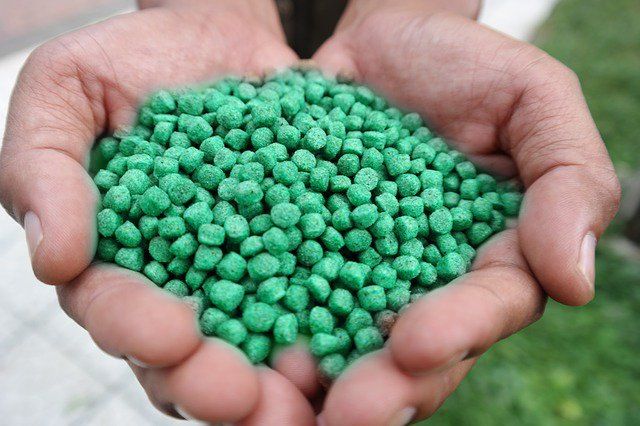
Rat Bait/Poison
These products often contain anti-coagulants such as Warfarin. Nowadays, most baits contain much more powerful chemicals such as Dicoumerol or Bromodiolone. Anticoagulant rat poisons work by interfering with the animal’s ability to form blood clots and therefore often animals poisoned with rat bait will bleed spontaneously. This can occur obviously (nose bleeds or bruising) or can occur covertly such as bleeding into the bowel or chest cavity.
Again, keep animals well away from rat bait stores, or use the bait in special containers. If you suspect your pet may have ingested rat bait, DO NOT WAIT until symptoms start - contact us immediately.
These products often contain anti-coagulants such as Warfarin. Nowadays, most baits contain much more powerful chemicals such as Dicoumerol or Bromodiolone. Anticoagulant rat poisons work by interfering with the animal’s ability to form blood clots and therefore often animals poisoned with rat bait will bleed spontaneously. This can occur obviously (nose bleeds or bruising) or can occur covertly such as bleeding into the bowel or chest cavity.
Again, keep animals well away from rat bait stores, or use the bait in special containers. If you suspect your pet may have ingested rat bait, DO NOT WAIT until symptoms start - contact us immediately.

Lilies
Lilies and other plants can cause vomiting and diarrhoea in pets, but can prove more fatal in some instances.
Lilies are particularly poisonous to cats and felines seem to quite enjoy eating/chewing them. They can cause a range of symptoms from mild salivation/vomiting, to more serious collapse, coma, kidney failure or death. Many other plants can be toxic to dogs or cats - too many to list here. The common ones we see are:
Lilies and other plants can cause vomiting and diarrhoea in pets, but can prove more fatal in some instances.
Lilies are particularly poisonous to cats and felines seem to quite enjoy eating/chewing them. They can cause a range of symptoms from mild salivation/vomiting, to more serious collapse, coma, kidney failure or death. Many other plants can be toxic to dogs or cats - too many to list here. The common ones we see are:
- Daffodils
- Dieffenbachia (Dumb Cane)
- Fox Gloves
- Cannabis
- Tobacco
- Amaryllis
- Chrysanthemum
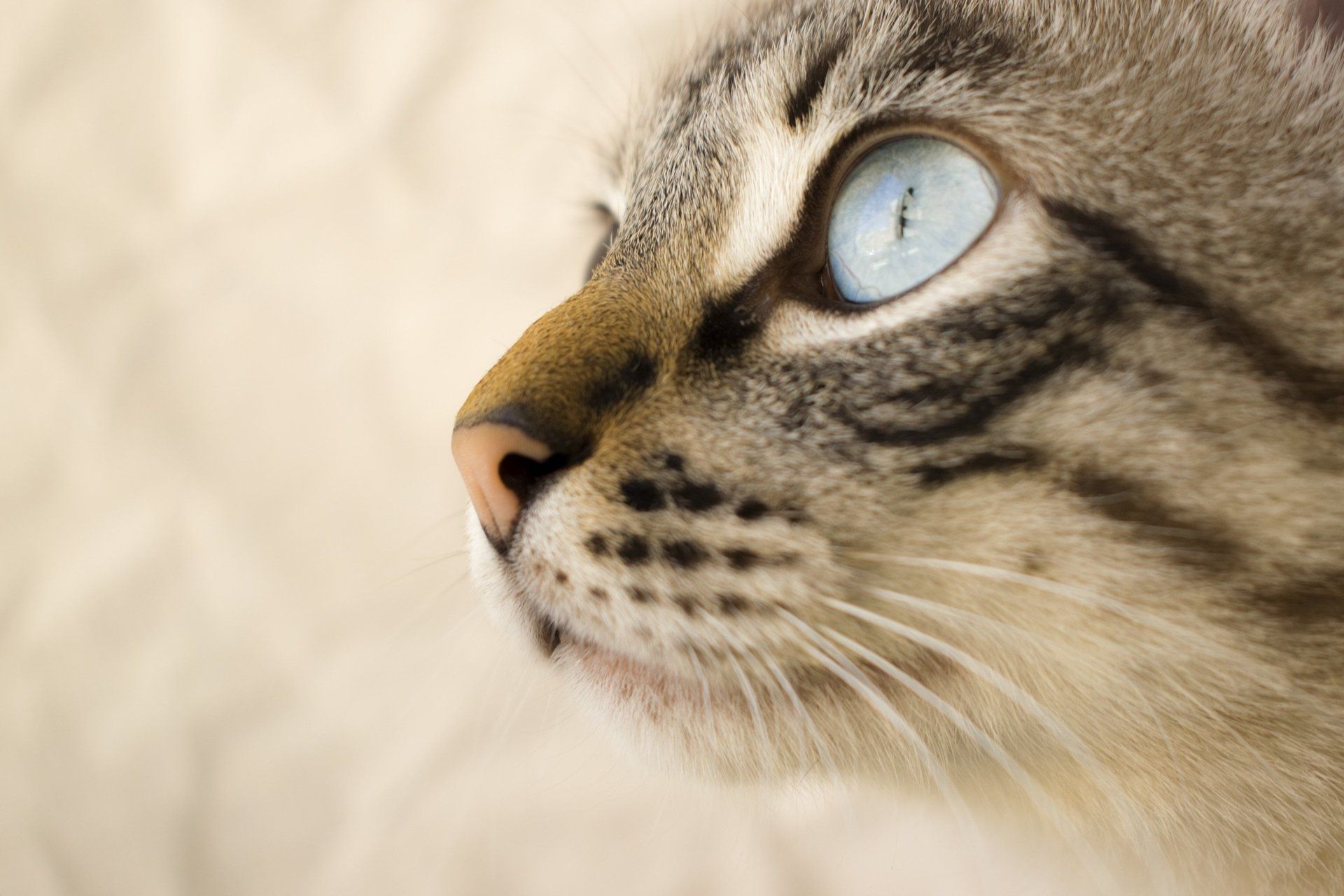
Pyrethrin Toxicity in Cats
Certain types of non-prescription or “over-the-counter” flea treatments are actually highly toxic to cats. Although these are often labeled as not for use in cats, we have seen some actually promoting their use for cats! Any flea treatment containing Pyrethrin or Pyrethroids should not be used in cats under any circumstances and they can cause severe neurological signs.
Please be assured, that all flea treatment prescribed by your vet is 100% safe and effective for use in dogs and cats.
Certain types of non-prescription or “over-the-counter” flea treatments are actually highly toxic to cats. Although these are often labeled as not for use in cats, we have seen some actually promoting their use for cats! Any flea treatment containing Pyrethrin or Pyrethroids should not be used in cats under any circumstances and they can cause severe neurological signs.
Please be assured, that all flea treatment prescribed by your vet is 100% safe and effective for use in dogs and cats.
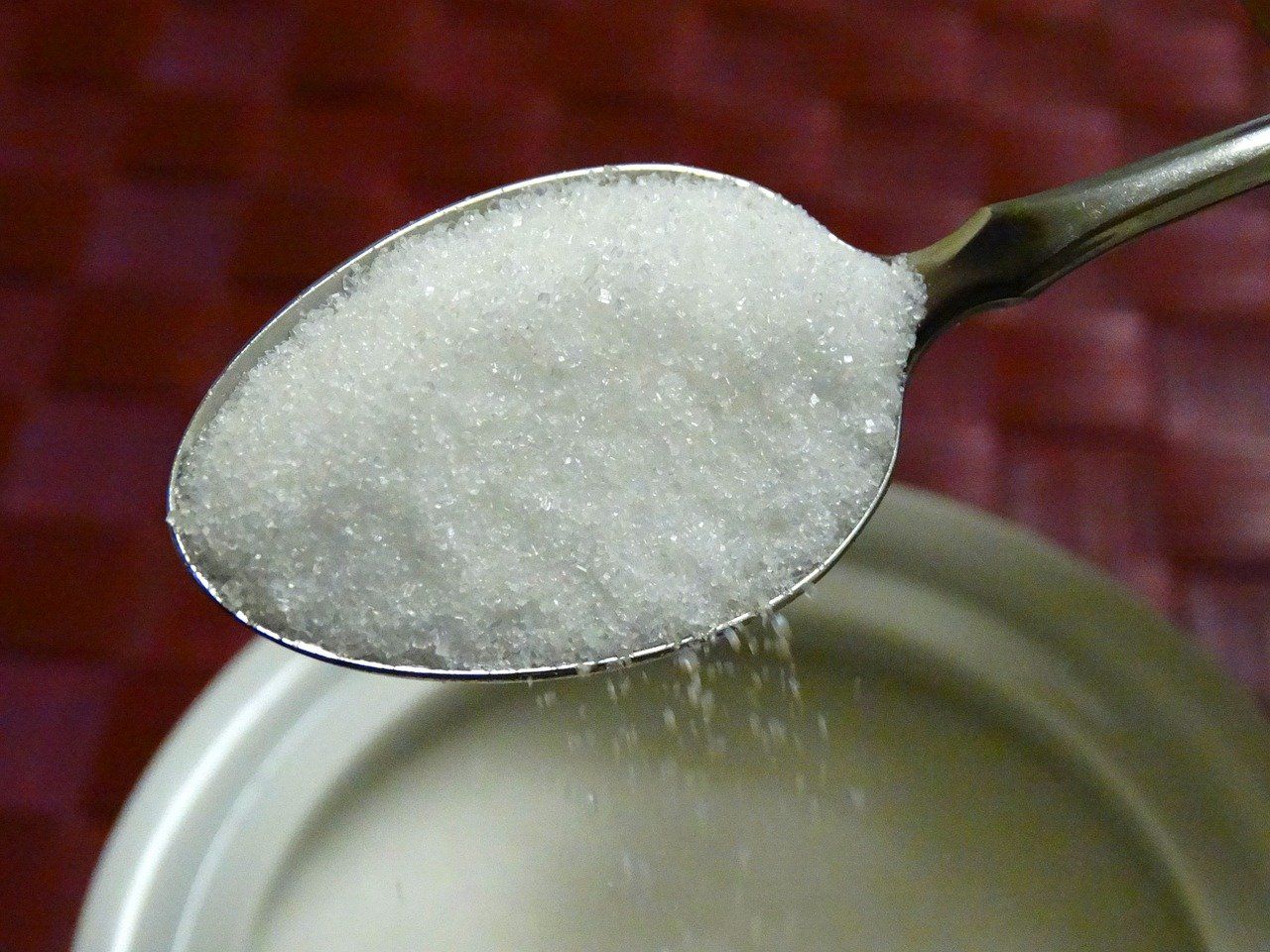
Artificial Sweeteners
Modern artificial sweeteners (such a Xylitol) can cause severe disturbances with blood glucose that can lead to hypoglycaemia, coma or death. Often found in confectionery, chewing gums or cakes, the taste is often appealing to pets and ingestion is common. The dose required to cause symptoms is quite low, so even a small amount can cause problems.
Modern artificial sweeteners (such a Xylitol) can cause severe disturbances with blood glucose that can lead to hypoglycaemia, coma or death. Often found in confectionery, chewing gums or cakes, the taste is often appealing to pets and ingestion is common. The dose required to cause symptoms is quite low, so even a small amount can cause problems.
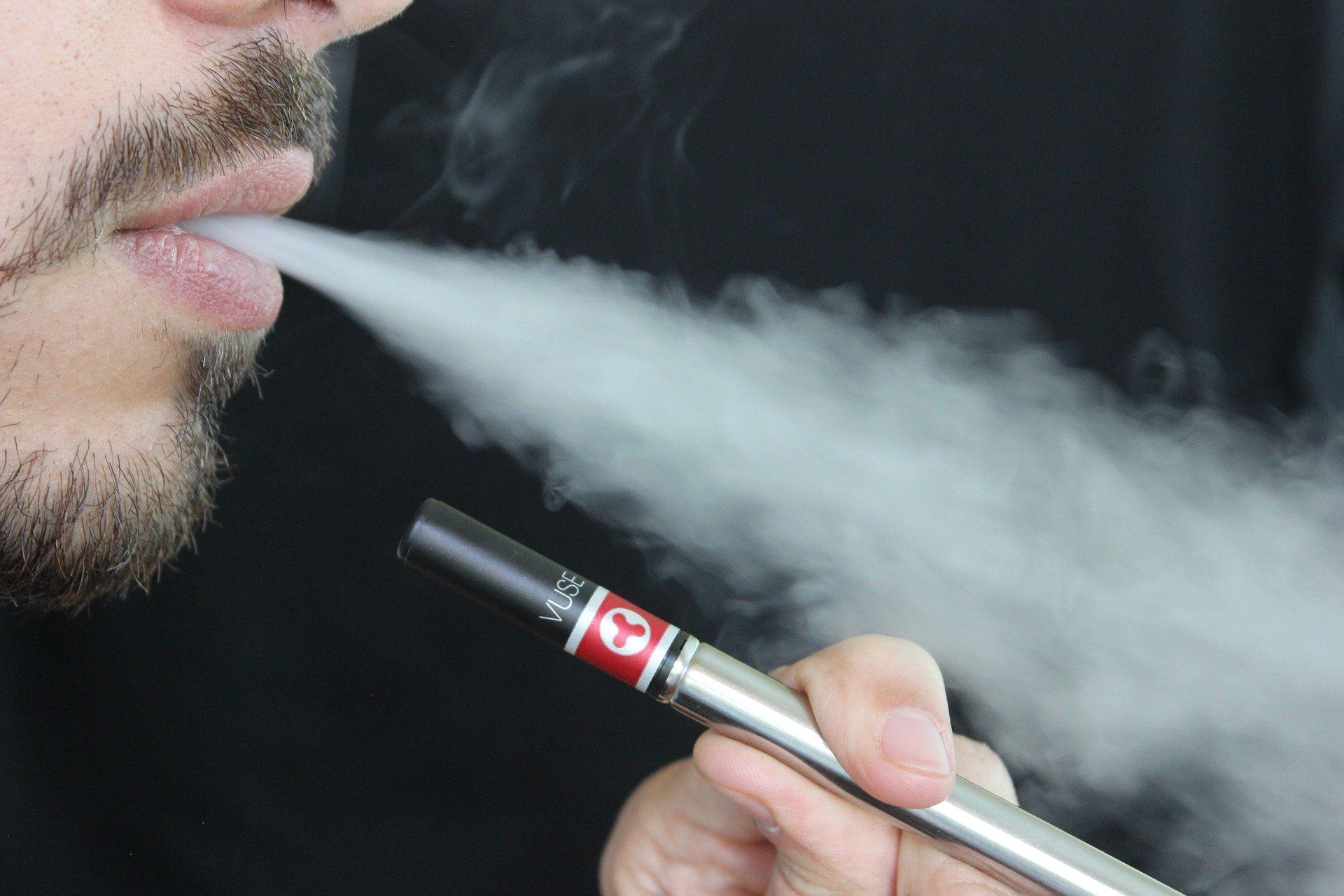
Nicotine
We are seeing an increasing amount of animals (mainly dogs) that are coming in with signs of nicotine poisoning after chewing the liquids that are used in Vaping or e-cigarettes. The nicotine absorbs very rapidly from the mouth and stomach and signs can appear in as little in 5-10 minutes. Some vaping fluids are very strong and with small dogs, only a few drops can cause problems.
We are seeing an increasing amount of animals (mainly dogs) that are coming in with signs of nicotine poisoning after chewing the liquids that are used in Vaping or e-cigarettes. The nicotine absorbs very rapidly from the mouth and stomach and signs can appear in as little in 5-10 minutes. Some vaping fluids are very strong and with small dogs, only a few drops can cause problems.

Quick Links
Contact Us
Bilton Veterinary Centre
259 BIlton Road
Rugby
Warwickshire CV22 7EQ
Tel: 01788 812650
email: enquiries@biltonvets.co.uk
Opening Hours
- Monday
- -
- Tuesday
- -
- Wednesday
- - -
- Thursday
- -
- Friday
- -
- Saturday
- -
- Sunday
- Closed